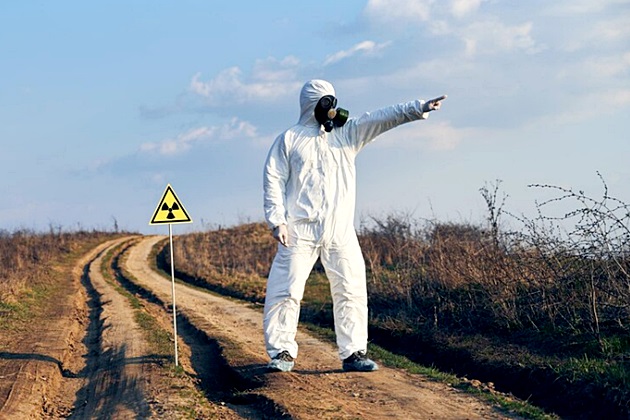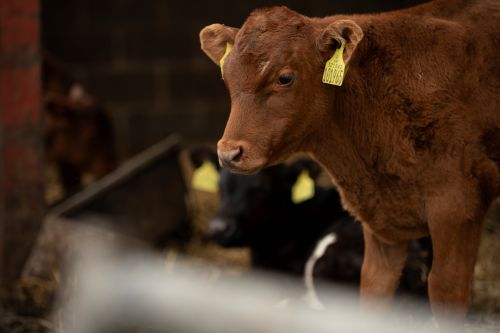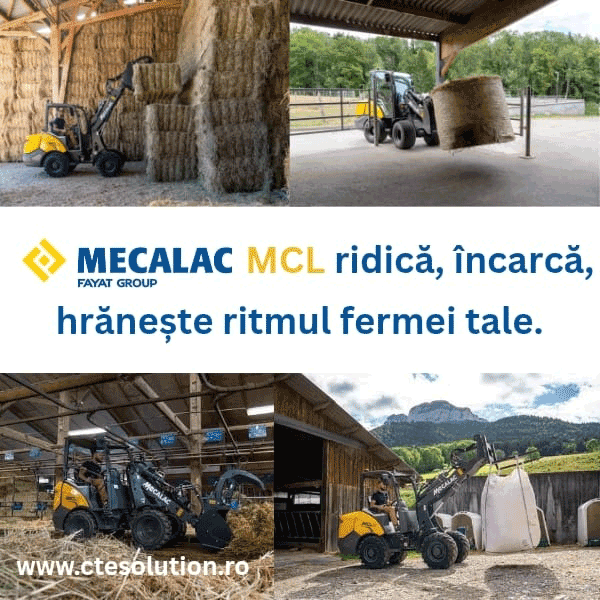
FutureFarming reports that M3 Agriculture Technologies has announced the receipt of a $1 million grant from the Radiological Security Office (ORS) of the National Nuclear Security Administration (NNSA). The grant is intended to lead the development of an X-ray-based approach for pest management.
X-rays instead of Gamma rays
ORS collaborates with Sandia National Laboratories (Sandia) to identify partners supporting the objective of reducing the risk of high-activity radioactive sources by transitioning from gamma irradiation to non-radioisotopic irradiation technologies.
ORS also funds studies to explore the use of such technologies for a wide range of applications, including Sterile Insect Technique (SIT). This project has been funded to examine the use of X-ray irradiation instead of gamma irradiation for SIT through the new approach that M3 will employ.
Unlike conventional methods that rely on harmful chemicals, M3 uses SIT, which works by releasing millions of sterile insects in targeted environments to control insect populations without affecting other beneficial species.
Radioactive sources
Currently, SIT relies on radioactive sources to induce insect sterility by targeting their bodies with gamma radiation. Through this partnership, M3 will develop X-ray-based approaches to sterilize targeted insect species.
The focal point of the collaboration is replacing radioactive sources with X-ray technology, promising increased safety, elimination of security risks posed by radioactive sources, and simplified implementation.
This approach will not only propel the agricultural industry towards a more sustainable future but will also democratize the benefits of SIT for regions that lack infrastructure for gamma irradiators.
Radiation against pests
M3 Agriculture Technologies is currently dedicated to addressing the economic threats posed by two major pests: the Codling moth and the Oriental fruit moth.
According to Moses-Gonzales, Chief Executive Officer of M3, "The devastating impact of the Codling moth on crops such as apples and pears, along with the threat of the Oriental fruit moth to the belly of almond and pistachio production in the U.S., underscores the urgency of finding innovative solutions.
By transitioning from gamma radiation to X-ray-based sterilization, M3 not only ensures a more environmentally friendly approach to invasive species but also expands the reach of these game-changing technologies in regions with limited resources."





